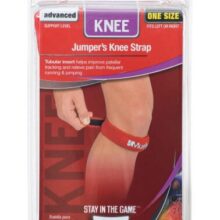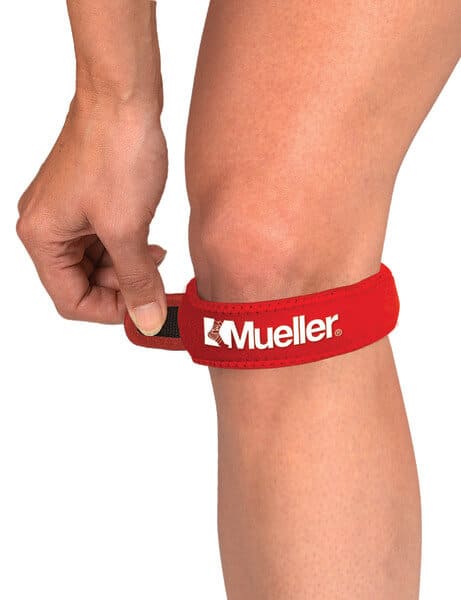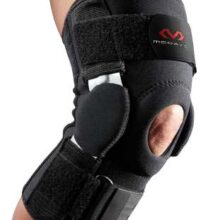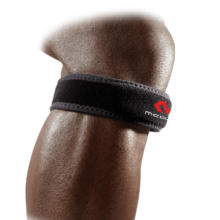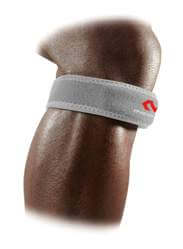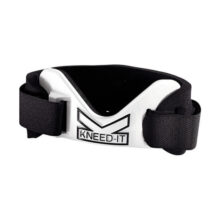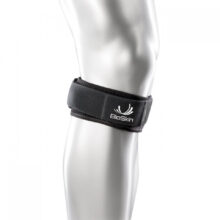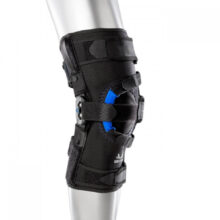Login For Health Care Pricing
In Stock
Q Lok – Dynamic Patella Traction System
The Bio Skin Q Lok is designed to diminish the effects and aid in the rehabilitation of patellofemoral pain. Patellofemoral pain is caused by improper tracking between the patella (knee-cap) and the femur. The superior compression and unique strapping system of the Q Lok push the patella back into the correct position in the trochlear notch at the end of the femur. A properly positioned patella spreads the force in the joint over a large surface and decreases pain and wear on the joint. Constructed from Bio Skin`s breathable materials, the Q Lok gives excellent compression without causing discomfort.





